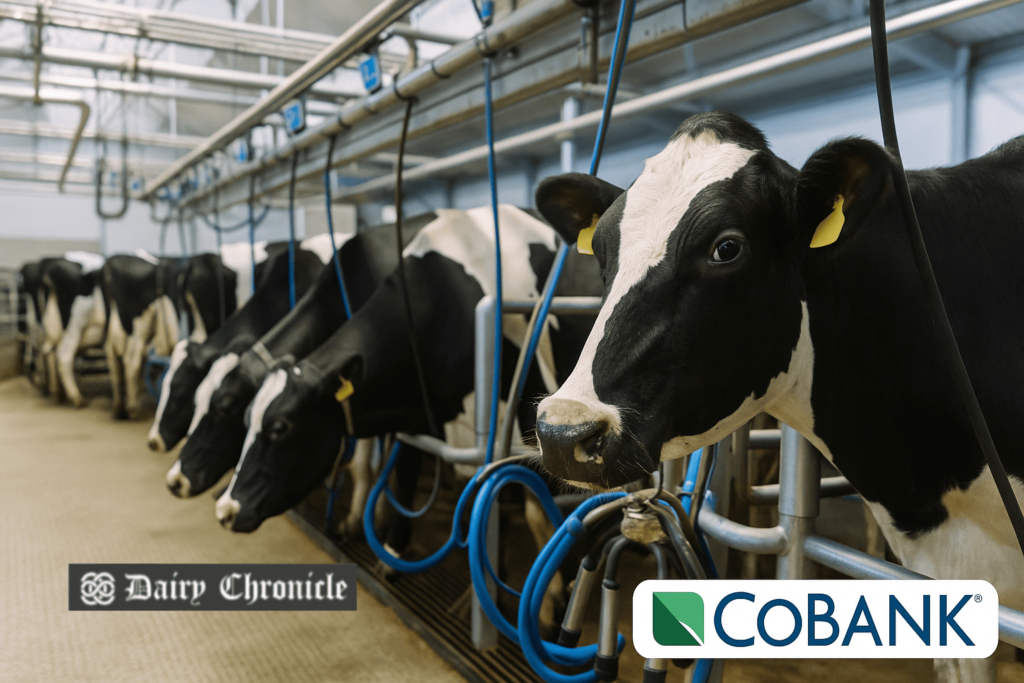Dairy producers in the United States, particularly in key dairy-producing states like Wisconsin and California, are using genetic advancements to enhance milk composition. According to a new report by CoBank, a national cooperative bank serving rural America, the rise in butterfat and protein levels is transforming the U.S. dairy industry and setting up processors for long-term growth.
In a transformative shift for the U.S. dairy industry, farmers across key dairy-producing states such as Wisconsin and California are increasingly using genetics to enhance milk composition. According to a recent report from CoBank, a leading national cooperative bank supporting rural infrastructure and agriculture, these genetic strategies are driving unprecedented gains in milk quality, particularly in butterfat and protein levels.
While the volume of fluid milk production in the U.S. has remained largely stable, the content of critical milk components is climbing at a historic rate. More than 80% of U.S. milk is used in manufacturing dairy products like cheese, butter, and yogurt — all of which heavily depend on high butterfat and protein content. In response to rising demand, an estimated $8 billion worth of new dairy processing capacity is expected to come online by 2027.
Dairy farmers are now choosing animals with superior genetic traits for butterfat and protein levels, and with pricing models rewarding those components, the incentive is clear.”
Corey Geiger, lead dairy economist at CoBank
Nationally, butterfat content in milk reached a record average of 4.23% in 2024, with protein content averaging 3.29%, according to USDA and Federal Milk Marketing Order data. These figures represent consecutive annual records and highlight the growing separation between milk volume and milk quality growth.
Between 2011 and 2024, U.S. milk production rose by 15.9%, while protein output increased by 23.6% and butterfat by a remarkable 30.2%. The accelerating trend is largely credited to genomics — the science of using DNA-based tools to select superior breeding animals. This method allows producers to make informed decisions and continually improve herd performance.
Genetics provides a foundation for sustainable production of high-value milk components. As this technology matures, dairy processors will benefit from a reliable and richer supply chain.”
Corey Geiger, lead dairy economist at CoBank
As the industry evolves, the focus on milk quality over sheer quantity is expected to reshape the competitive landscape for both producers and processors in the U.S.
